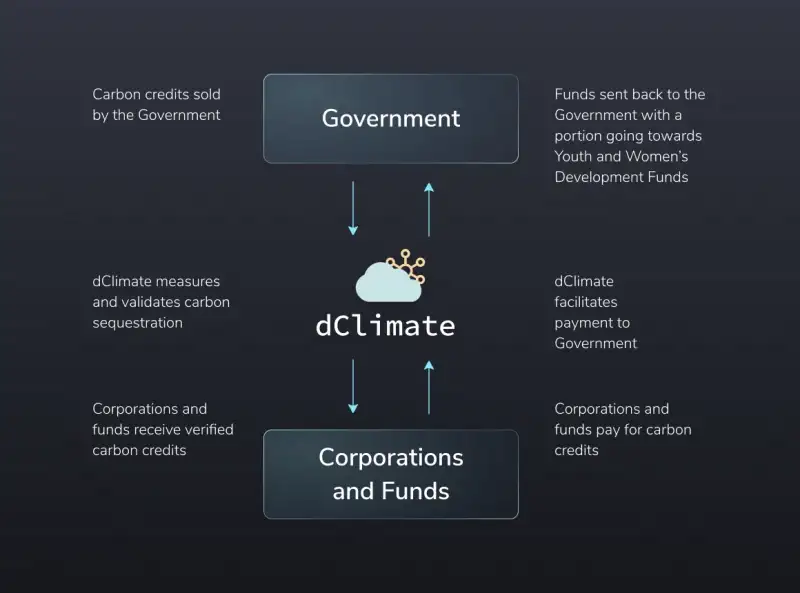The Problem With the Voluntary Carbon Offsets Market

While carbon offsets are a well-intentioned sustainability strategy, there are several issues with the existing voluntary carbon offset market. There are five key issues with online carbon registries.
The first is scalability. Since the typical process for verifying carbon offsets can potentially take years (even small projects can take months to verify), it is extremely difficult to quickly achieve scale in this market. We are in a fight against the clock to combat climate change and offsets need to be verified and sold quickly. This will not occur if verifying parties rely on ground truth to verify projects and their prevention of GHGs.
The second major issue is transparency: When it comes to the verification process, there is little transparency in most registry processes to price and calculate the reduction/prevention of CO2 in our atmosphere. Buyers often don’t know how a project will affect the local population. The lack of transparency can also lead to the double-counting offsets and stakeholders not knowing how the income will support the project.
The third issue is lack of durability. There are several different types of carbon offsets, and although many registries have “buffer pools” in reserves to cover unforeseen losses, there are many other outside factors that cannot be solved with a safety net like this. For example, when there is a forest fire and assets are taken out of the buffer pool, you are still releasing carbon into the atmosphere so the purchasing of several offsets needs to take that into account.
The next issue is lack of consistency. Pricing offsets will vary depending on the registry as well with no decisive process to price and sell an offset. There is no dataset that mathematically prices an offset to create a baseline and ensure pricing is consistent globally.
The final issue with the voluntary carbon offset markets is lack of carbon removal. A large percentage of carbon offsets focus on preventing carbon from entering the atmosphere. This includes projects such as solar farms, wind farms, and hydroelectric plants. What is often overlooked is actually removing carbon from the atmosphere. This can only be done through projects that sequester carbon such as carbon capture or reforestation. Sequestering projects make up just 40% of the current market. This needs to increase substantially according to the IPCC to limit warming to 1.5°C.
Our commitment at dClimate is to build the foundation of a carbon ecosystem that is open and scalable to allow for the data-driven measurement of natural assets from around the world. In the carbon space, we are building transparent models to measure carbon sequestered in forests and savannas using satellites to enable scale and transparency in the market, instead of the current opaque way verification is done.

dClimate is able to estimate the carbon footprint for each action within the economy. Combined with the carbon sequestration of forests/other methods, a system could be put in space to purchase a carbon offset based on actual carbon footprint. We look forward to releasing our full framework for using data to bring transparency and real innovation to the voluntary carbon markets in the coming weeks!

